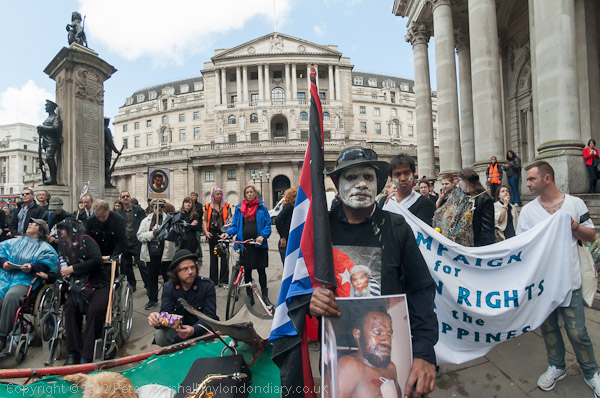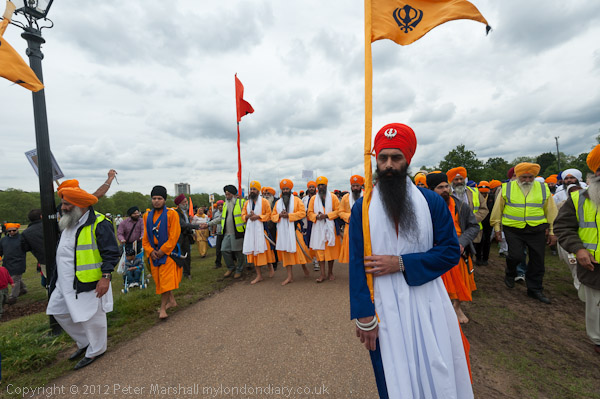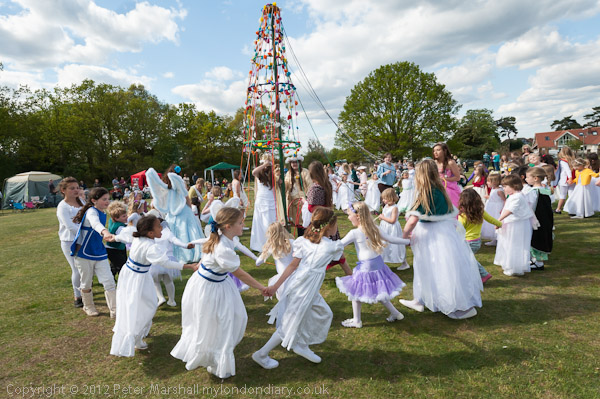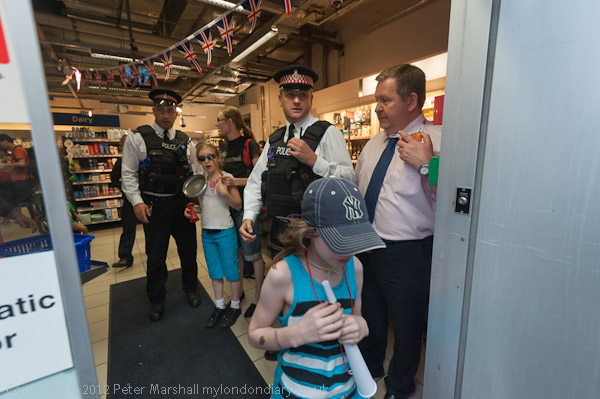Continued from Views from the Valleys 1
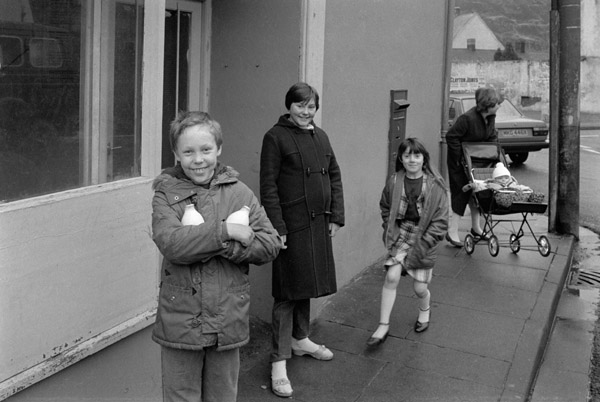
Cwmaman – Sunday morning shopping
I’m not a great one for family history and I find it hard to remember who some of my cousins are, but my sister has traced the family back quite some time. It gets tricky in Wales, as my grandmother – the only grandparent who I remember – was a Davies, and both her parents had been Davies too. Perhaps slightly easier than if they had been Jones or Evans, though I’m not sure. But anyway I have Welsh blood – and still have cousins and other relatives there, though it’s a while since the last funeral where I met any of them – and grew up not entirely sure whether I should be supporting Wales or England in the Rugby; fortunately my brief flowering as a powerful wing-forward came to an end at 13 or 14, when I stopped growing and the rest of the cohort shot up past me and I could no longer flatten scrum halves so effectively, getting banished to the wing and oblivion, saving me from the difficult choice of which nation to favour with my services.

Evans Bros, Cymu – Wales
But Wales, rural mid-Wales, did have some importance in my upbringing, our family going to stay at with my aunt and uncle, a water bailiff (or poacher) on the River Wye, for a couple of weeks several years as a cheap Summer holiday. Times were hard for ordinary people then, and unless like us you had relatives in the country most people we knew stayed at home even if they could afford a week or two off work – or had no option but to stop when the factory closed down. In Wales we could roam wild on the hillsides, lie down beside pools in the local stream, an arm hanging in the water and watch the fish swimming above our playing fingers, fight or play with the village children, going back home only when dinner or tea called. There I discovered the joys of the earth closet and got so fed up with eating freshly caught fish that it was around 40 years before I started liking it again.

Cwmaman
I went back to Wales a couple of times as a young teenager, camping with the Boy Scouts as we were then. In Monmouth I drew and discovered watercolour painting, neither the most scout-like of activities, and in Built Wells had my first, highly unsatisfactory and entirely unconsummated encounter with the opposite sex with a young lady who obviously knew far more about it than me – which wasn’t hard – but managed to teach me very little. More successfully we built a bridge for the farmer across the River Irfon and I have a group photograph somewhere with me and the ‘real’ Dan Archer who came to our camp-fire. The Irfon is a pretty substantial tributary of the Wye, and I passed my 50 metre swimming test in it, though it was tough to get anywhere against the stream.

It was easier to photograph children in the 1980s
We were of course rather further south in our trip to the valleys, and in an area with quite a different atmosphere, where much of the grass was still darkened by coal dust and grime, despite the closure of the collieries. This second set of pictures is mainly or entirely from Cwmaman and I think were taken on a wet Sunday morning.

Cwmaman
I’ll post at least one more set of these pictures from the valleys, and perhaps will put a larger selection on line as a web site. I may also have taken some colour, though I only remember some of the black and white images.







